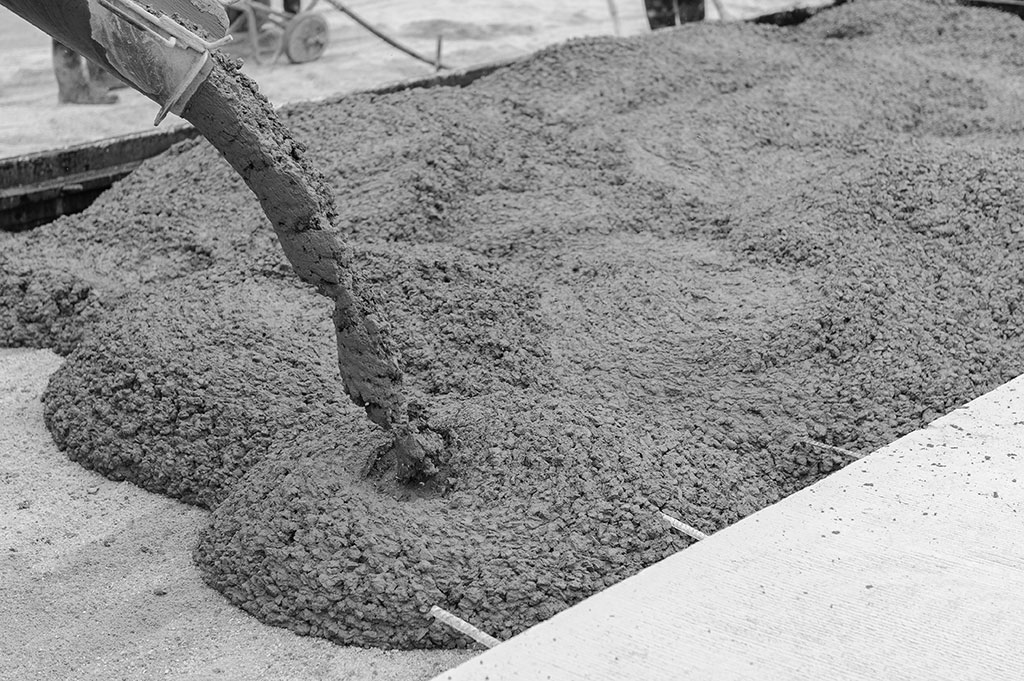How to Lay a Concrete Slab
Before the form is set in place, preparation of the soil and grade should take place. This step can significantly impact the overall cost of the slab.
Location
No matter if it is for a garden shed, gazebo, or outdoor patio installation project – installing one requires a concrete slab as its foundation that resists moisture and environmental factors. For maximum success when working on this type of project in warm and dry weather.
Before beginning construction on any site, ensure it has been cleared of large stones, weeds and debris by clearing away large stones, weeds and any debris from the surface of the ground. Use a level and string to analyse how much the land slopes; build up low sections by spreading and tamping more soil over them.
Decide how much concrete you require for your specific slab and either have it delivered pre-mixed in a bag, or mix it yourself using a wheelbarrow if desired. A dry mix makes mixing easier while wetter concrete packs into its form more easily but may weaken it eventually.
Mixing
Ready-mix concrete can be obtained from various concrete suppliers or mixed yourself using a cement mixer. Either way, follow the instructions on the bag to obtain enough concrete for your project. When mixing yourself we advise wearing protective gear as wet concrete may damage any exposed skin.
Measure the width, length and depth of your concrete slab to determine how much concrete will be required, then use Cement Australia’s handy concrete calculator (multiply by three, add five per cent waste and round up) for easy calculations.
Building a form for laying concrete house slabs Melbourne is the first step in this process, using premade forms or wooden planks as perimeter pieces around where you intend to pour.
Before pouring concrete, use a tape measure and yellow striping spray paint to sketch a rough outline of where your slab will sit. This will help avoid uneven surfaces or structures that won’t stand up, and also drive stakes into each corner to mark where its form will go.
Pouring
An effective concrete slab foundation is essential to building any home, so the process must go smoothly. Before commencing with pouring, it’s crucial to ensure you have all of the appropriate equipment and knowledge of how it should be used – this means knowing how to work bowed over, manage timber planks safely, etc.
Prepare the site by clearing away stones and weeds while leveling any bumps on it. Add a sub base such as gravel or crushed stone to facilitate drainage before compacting with a plate compactor or tamping machine to complete this step.
Once your site is prepared, either purchase concrete from a local supplier or mix it yourself. Allow a week between mixing and pouring as concrete cannot cure under extreme temperatures. Also call 811 and get it marked for underground utilities before digging; this step is especially crucial with larger projects. Additionally, lay a form around its perimeter.
Curing
Once concrete has been laid, it must be allowed to cure. Curing helps ensure it doesn’t crack while hardening, giving additional strength and durability to its foundation.
Dependent upon the site and method of construction, concrete can be cured using various methods. Commercial driveways typically feature thicker slabs than residential ones to support heavy trucks and trailers.
At every stage of curing, keeping a concrete slab moist and covered should be top priority. Although moisture loss will occur naturally over time, keeping it covered and moistened regularly will ensure it cures properly and has maximum strength when ready for use.
After curing, concrete can be finished using a concrete broom to achieve a non-slip surface with sufficient texture for good traction. Some concreters also add densifiers at this step to increase strength, durability, water repellency and stain resistance.
